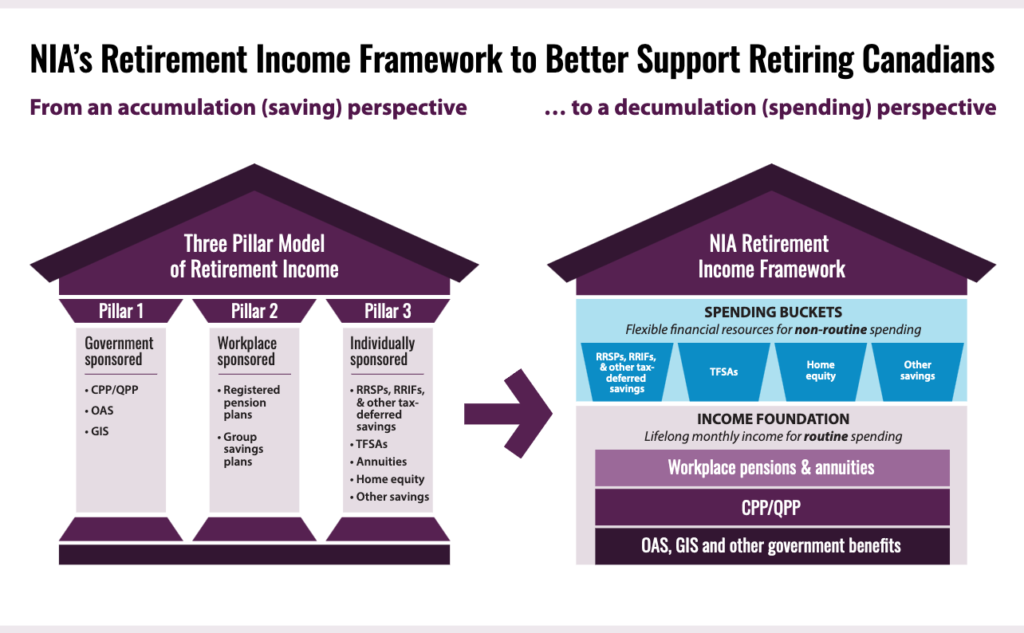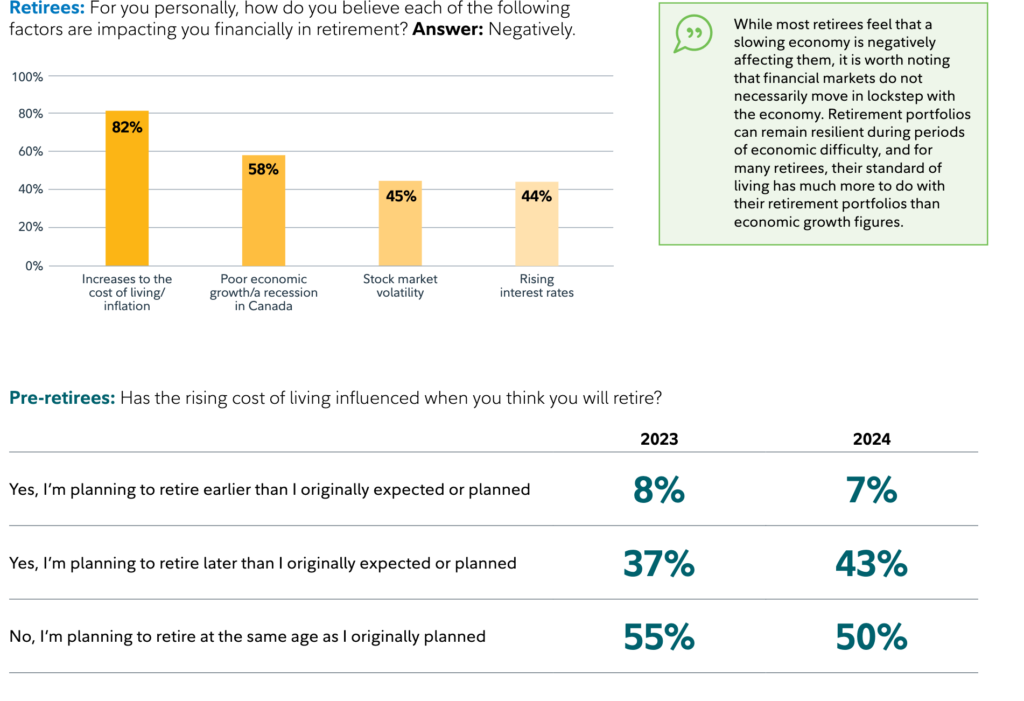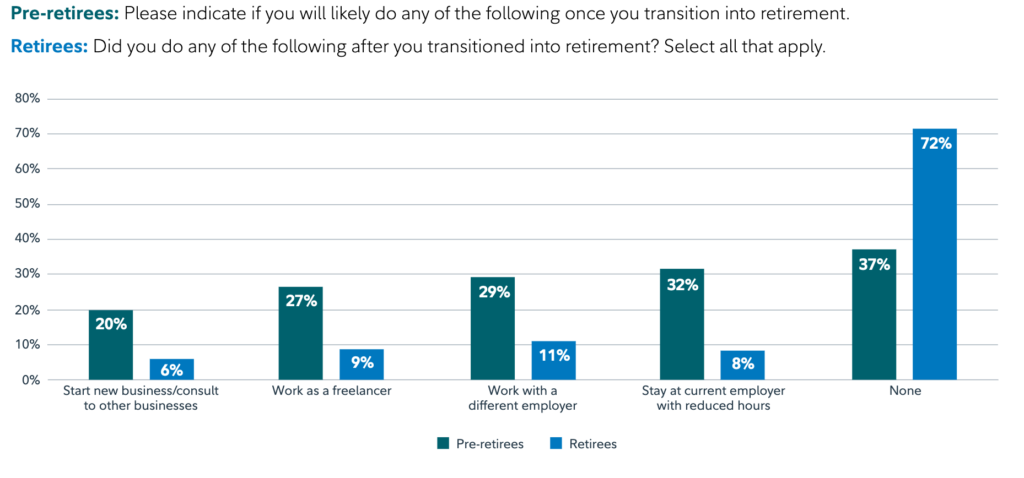
We’ve gathered the wisdom of successful entrepreneurs and financial experts to reveal their strategies for accelerating wealth accumulation. From focusing on high-leverage activities to applying the 50/30/20 budgeting rule, explore the diverse tactics shared by fifteen professionals, including founders and CEOs, on how to maximize income and expedite wealth building.
- Focus on High-Leverage Activities
- Diversify Your Income Streams
- Live Beneath Your Means
- Invest in Real Estate
- Turn Passions Into Online Business
- Leverage Offset Mortgages with Stoozing
- Build a Collaborative Business Model
- Pursue Passionate Side Hustles
- Specialize in In-Demand Niches
- Invest Earnings in Business Ventures
- Hire a Specialized Tax Specialist
- Automate Savings to Investment Transfers
- Document Achievements in a Brag Book
- Combine Education with Financial Investing
- Apply the 50/30/20 Budgeting Rule
Focus on High-Leverage Activities
The best way to maximize your income and expedite the process of building wealth is to focus on your highest-leverage activities and outsource everything else. When you’re doing everything yourself, you can only do so much. But when you delegate as much as possible, you can focus on your core competencies and grow your business faster. This is something I’ve learned the hard way. In the past, I used to do everything myself.
But as my business grew, I realized that I was spreading myself too thin. So instead of trying to do everything, I hired people to do the things I didn’t enjoy or wasn’t good at. This allowed me to focus on my strengths and grow my business faster. For example, I used to spend a lot of time writing blog posts and creating content. But now I have a team of writers who do that for me. This has freed up a lot of my time and allowed me to focus on marketing and growing my business. — Matthew Ramirez, Founder, Rephrasely
Diversify your Income Streams
One effective approach I’ve used and recommend is diversifying your income streams. By expanding your sources of income beyond a single stream, you can create a more stable and potentially higher-earning financial foundation. Explore avenues such as investing in stocks, real estate, or offering freelance services.
One way I diversified my income streams was through investing in stocks. I researched and identified companies with strong growth potential and invested a portion of my savings in their stocks. Over time, as the companies performed well and their stock prices increased, I earned capital gains and dividends.
This additional income from my investments complemented my primary source of income and contributed to building wealth. By regularly monitoring the market and making informed investment decisions, I was able to maximize my earnings and accelerate my financial goals. — Sacha Ferrandi, Founder & Principal, Source Capital
Live Beneath your Means
Eschew lifestyle creep, which can hamper you from building wealth. Instead, live beneath your means by comparison shopping, creating and sticking to a budget, and funneling savings, raises, and additional monies received into an emergency fund, savings vehicles, and investments.
For example, comparison shopping for your auto and home insurance can save you hundreds of dollars a year. The same goes for negotiating interest rates with credit card companies and rates for other services. Instead of spending that extra money, boost your savings account or open a CD account.
If your employer offers a 401(k) plan, build your wealth by increasing your contribution to it whenever you receive a raise. Be sure to take advantage of the maximum amount if your employer offers a 401(k) match. — Michelle Robbins, Licensed Insurance Agent, Clearsurance.com
Invest in Real Estate
Making real estate investments became my cornerstone strategy for building substantial wealth. Strategically acquiring properties in prime locations and astutely capitalizing on market trends paved the way for a transformative financial journey. Through shrewd decision-making, I cultivated a stream of passive income from rental properties and witnessed significant appreciation in property values over time. The enduring nature of real estate investments proved to be a resilient and effective avenue for wealth accumulation.
By leveraging the power of property ownership, I secured a reliable income source and tapped into the wealth-building potential inherent in real estate. This strategic approach allowed me to navigate the complexities of the real estate market, aligning my investments with long-term growth prospects and contributing significantly to the acceleration of my overall wealth-building objectives. — Bill Lyons, CEO, Griffin Funding
Turn Passions into Online Business
I developed my personal finance site into a thriving business that has been instrumental in helping me build wealth. After paying off my student loans, I launched the site to help other millennials manage money by sharing the frugal tips and repayment strategies that worked for me.
Years later, My Millennial Guide now earns steady revenue through affiliate partnerships and digital consumer banking offers relevant to my audience. I’ve built a sizable audience by providing quality and engaging money advice for free.
My own journey to financial freedom after conquering student loan debt has proven firsthand how lucrative launching an online business around your passions can be. The flexible income from My Millennial Guide provided the runway to leave my corporate job and focus full-time on site growth.
Now, rather than relying on a single income source, multiple automated revenue streams from this one company allow me to maximize earnings while making an impact by sharing financial advice. The wealth-building opportunities entrepreneurship provides are limitless.
I’m proud that the free resources and recommendations I’ve shared on My Millennial Guide have empowered thousands toward financial freedom, while also securing my own prosperous future. Turning my purpose into a business became the ultimate wealth vehicle. — Brian Meiggs, Founder, My Millennial Guide
Leverage Offset Mortgages with Stoozing
A pivotal strategy in my journey to Financial Independence was leveraging an offset mortgage with ‘Stoozing.’ This method, while requiring discipline, has the potential to drastically lower mortgage payments and accelerate wealth accumulation. Taking advantage of 0% interest credit card offers, I redirected these funds into an account linked to my mortgage. This not only reduced the mortgage balance but also minimized interest expenses significantly.
The essence of Stoozing lies in its ability to turn credit into a tool for savings. With over $100,000 deposited from credit cards, my mortgage interest payments plummeted. This approach demands meticulous management to clear the credit card balance before the 0% interest period expires. By doing so, I could fast-track my path to financial freedom by a decade, demonstrating the power of innovative financial strategies in wealth building. — Shane McEvoy, MD, Flycast Media
Build a Collaborative Business Model
To make more money and get rich faster in the legal field, it makes sense to encourage cooperation and build a group law firm instead of a solo practice. Lawyers with different types of skills can work together in collaborative law firms. Because they have different skills, their members provide a range of legal services.
Collaboration allows firms to offer more services, which speeds up growth. When the team is more diverse, the firm can assist more clients and handle more complex legal cases. Working together can bring in more money and help individuals get rich faster. Help desk workers and lawyers share computers, filing cabinets, and office space in a collaborative law firm.
By using the same resources, firms may be able to reduce costs and operate more efficiently. Collaborative lawyers can retain more of their earnings by cutting down on individual expenses. You can get rich faster and make money through smart investments if you know how to manage your finances well. Lawyers can become leaders in their field by focusing on their expertise if they work together. People with specific legal needs should choose this firm because it specializes in those areas of law. Dominating a niche might enhance your legal reputation. Wealthy individuals are drawn to the firm because it has a large market and charges a premium for its specialized services.
Collaborative law firms can showcase their array of services and lawyers’ expertise by representing themselves as a one-stop shop for all your legal needs. This branding strategy makes the firm stand out in the competitive legal market. Effective branding positions the company as an authority, which attracts more clients. As more clients and business opportunities arrive, you make more money and build your wealth. — Martin Gasparian, Attorney and Owner, Maison Law
Pursue Passionate Side Hustles
What I have learned is that as you grow in your career and acquire new skills, this will help you to think about other avenues to travel to bolster your income. Take, for instance, I always wanted to be an adjunct professor, but it was a true process. It did not happen overnight. It took time. We can’t rush the process because once we get there in a hurry, then we can’t stay there. The goal is to get there and have the foundation to remain. Continue Reading…









